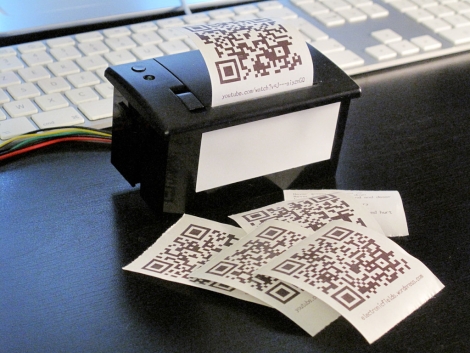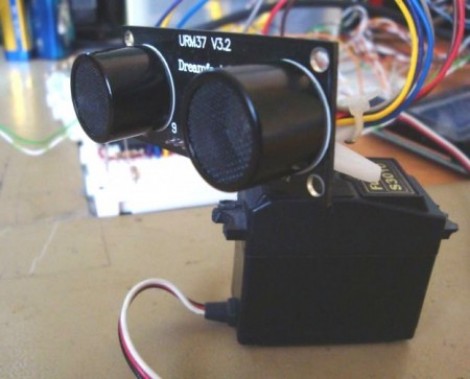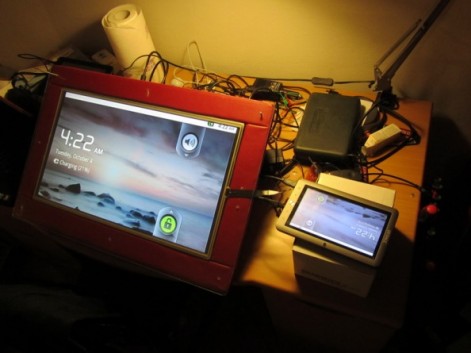
While [Oryx] is down with social media like Facebook and Twitter, there are times when he wants to share things with people he is hanging out with in the real world. Sure, he could always email his friends links to the latest video of a cat doing something totally hilarious, but he wanted something a bit more tangible.
He had a small thermal printer from SparkFun kicking around, and thought it would be the ideal medium for sharing things with others. He sat down and put together a bit of code that allows him to interface the printer with his computer, generating QR codes from his web browser with the simple click of a button. Now, when he wants to pass something along to a friend, he can quickly print out a label bearing both a QR code and URL for easy access later on.
All in all it’s an interesting idea, though we would be curious to see what would happen if we handed our non-techie friends a printed QR code.

















